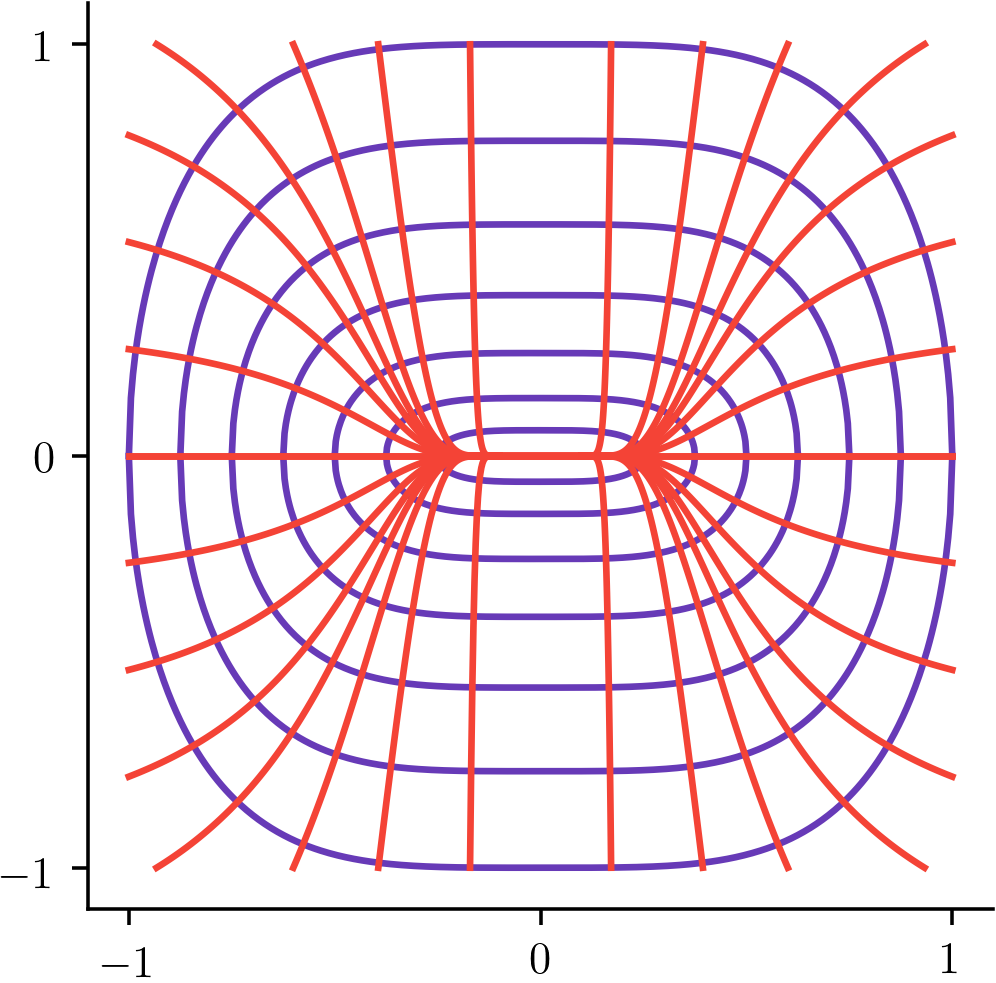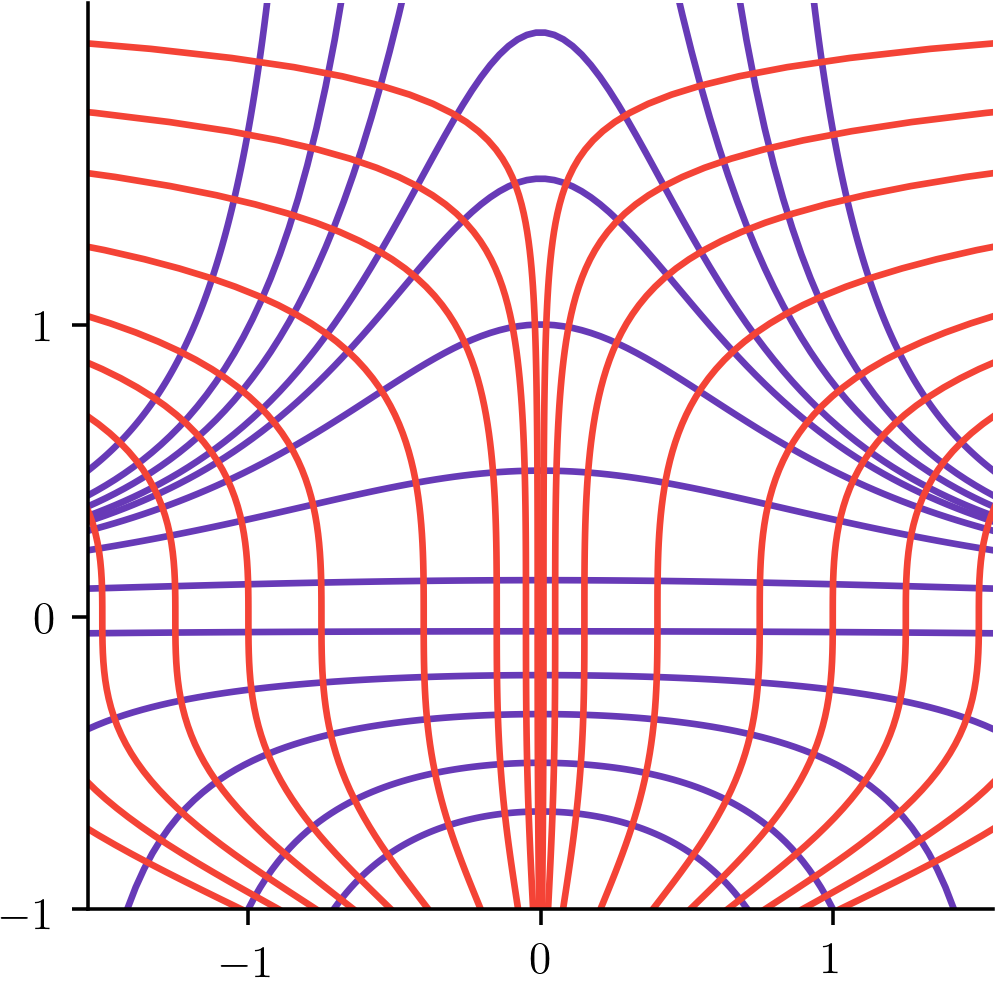We study some sample applications of ODEs.
(Videos) Calculus: Single Variable
_
_
Examples
Newton’s law of cooling states that the rate of change of the temperature of an object
is proportional to the difference between the object’s temperature and the
ambient temperature. For example, if the ambient temperature is degrees
Celsius, then (Here is a positive number is called the heat transfer coefficient;
it depends on the physical properties of the object and the surrounding
environment).
- The equation is linear:
- In this case, and the integrating factor is (since is a constant with respect to ). The general solution is
- If we subtract ambient temperature from both sides, this tells us that the temperature difference decays exponentially at some rate determined by the unknown constant .
- We can generally solve for if we have enough information. For example, if , then . If we also know that , then (because is the difference of and ), which means . Another way of understanding this exponential decay is to observe that the temperature difference for this particular object will be cut in half every ten minutes.
- Now that we know , we can compute for all time. For example, , which we could see by plugging in directly to the solution or by merely observing that the temperature difference will be cut in half times in the course of 20 minutes.
For the family of curves in the plane given by (illustrated by the purple oval-shaped
curves in the image below), find a formula for the orthogonal trajectories (shown in
red).


- The first step is to find a first-order ODE that is satisfied by the family. This involves differentiating with respect to . We get
- If and are slopes of orthogonal lines, then . So the orthogonal trajectories satisfy an ODE similar to the one above except that the formula for is replaced by its negative reciprocal, i.e.,
- This is a separable ODE. It separates to Integrating both sides gives If we exponentiate both sides and reexpress the arbitrary constant, we get
For the family of curves in the plane given by (shown in purple) find a formula for
the orthogonal trajectories (shown in red).


- We first differentiate with respect to :
- Next we must eliminate from the equation for by using the formula . (For example, solve for in terms of and and then substitute this in to your expression for .) (your answer here will depend on the variables and but should not explicitly depend on ).
- Then we write a new ODE whose slope is the negative reciprocal of the expression we just found: This is a separable ODE:
- Integrate both sides: (Don’t forget absolute values on logarithms.)
A large 100 liter tank is initially filled with fresh water. At time , a technician begins
pouring in liters per minute of sugar water which is at a concentration of 4 grams
per liter. At the same time, another technician opens a valve at the bottom of the
tank and begins to drain the tank at a rate of liter per minute. Assuming the whole
tank is kept well-mixed at all times, what is the concentration of the liquid in the
tank after 100 minutes?
- It is always easiest to write an ODE for the total amount of sugar in the tank (in grams). The concentration can be deduced later by dividing amount by volume.
- The first step is to find the function for the total volume of solution in the tank. The rate of fresh solution coming in is liters per minute and the rate going out is liter(s) per minute. So the net flow in of all liquid is liter(s) per minute. This means that at time , .
- Fill in the blanks: is the rate of sugar coming in (measured in grams per minute), is the volume rate of flow out from the bottom of the tank. Then
- The equation is linear:
- We compute the integrating factor: (Note: logarithms don’t need absolute values here because .)
- After multiplying both sides by , we have
- Integrating both sides gives At , is given to be zero, so . The full solution of the initial value problem is then
- grams. Furthermore liters, so the concentration at time minutes is grams per liter.